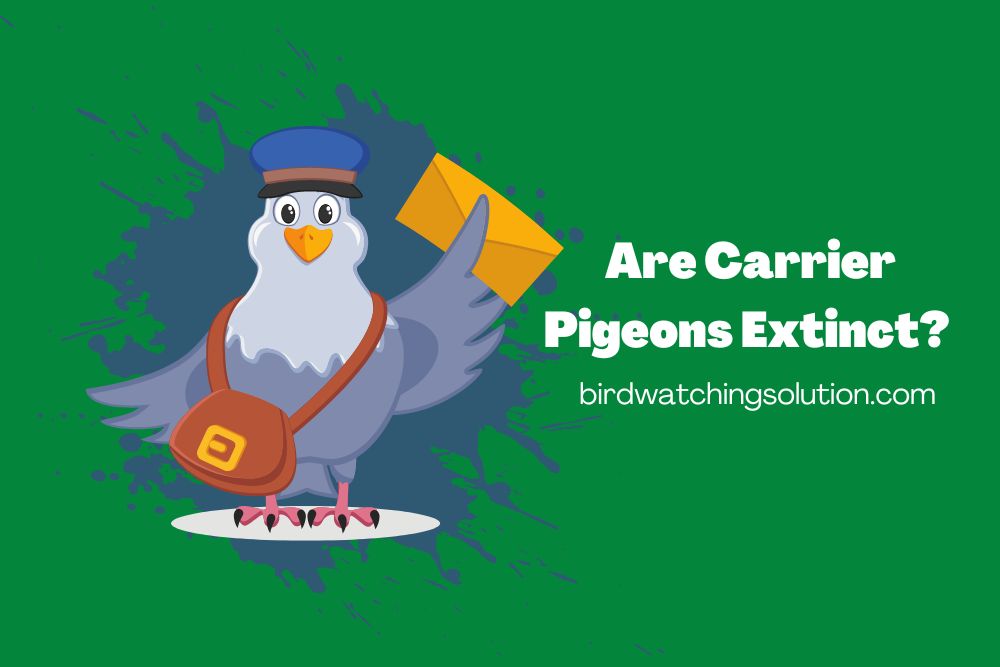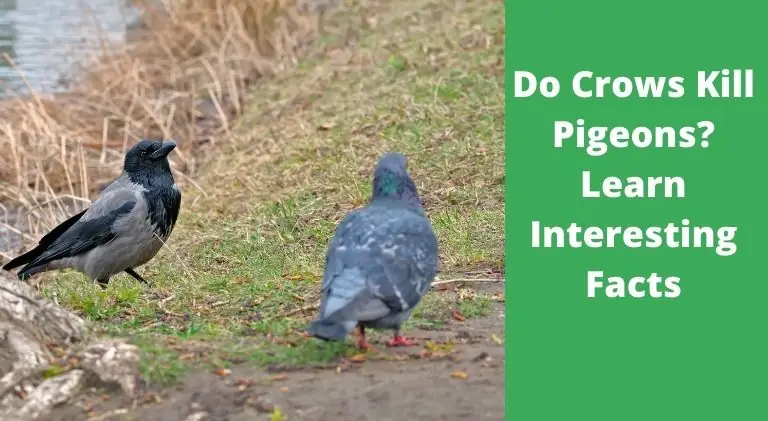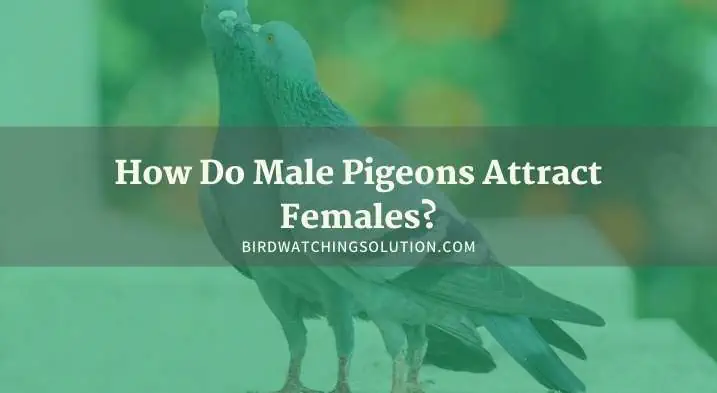Are Carrier Pigeons Extinct? The Truth About Carrier Pigeons
In the vast tapestry of Earth’s creatures, a chapter in history exists that few know – the tale of carrier pigeons.
These remarkable birds once soared through the skies, their wings carrying messages of hope, love, and vital information across vast distances.
But now, their fate hangs in the balance as the question lingers: Are carrier pigeons extinct?
No, carrier pigeons are not extinct. However, the passenger pigeon, a different pigeon species, is extinct.
That said, the population of carrier pigeons has been reduced significantly.
In this article, I will tell you some exciting things about carrier pigeons and their population that you may not have heard before.
Sounds interesting? Read on!

Do Carrier Pigeons still exist?
As I mentioned earlier, carrier pigeons are not extinct. Carrier pigeons, also known as homing pigeons, are a domesticated breed of rock pigeons that have been selectively bred for their ability to find their way home from long distances.
They were historically used for carrying messages, particularly during times of war, and for racing and other sports.
While carrier pigeons have declined with the advent of modern communication technologies, they are still bred and used for specific purposes, such as scientific research and wildlife conservation efforts.
For example, carrier pigeons have been used to study bird migration patterns and to transport vaccines to remote areas.
It is important to note that carrier pigeons are different from passenger pigeons. These species went extinct in the early 20th century due to overhunting and habitat loss.
Understanding Carrier Pigeons
Carrier pigeons possess distinct physical features that contribute to their remarkable abilities.
Their compact yet muscular bodies are designed for endurance flights, with solid wings capable of propelling them through vast distances.
Their keen eyesight allows them to navigate and spot landmarks even in challenging conditions.
Additionally, their beaks and crop muscles enable efficient food storage, providing sustenance during long flights.
Unique Navigation Abilities
One of the most intriguing aspects of carrier pigeons is their exceptional navigation skills.
They possess an innate ability to sense the Earth’s magnetic fields, allowing them to orient themselves and find their way home from unfamiliar locations.
Scientists believe they use a combination of celestial cues, landmarks, and olfactory senses to navigate accurately over vast territories.
This extraordinary homing instinct has made carrier pigeons invaluable messengers throughout history.
Lifespan and Reproduction Cycle
Carrier pigeons have relatively long lifespans compared to other bird species. On average, they can live up to 15 years in captivity, while some have been known to reach 20 years or more.
Regarding reproduction, carrier pigeons typically mate for life, forming strong pair bonds. The female pigeon lays one or two eggs, which both parents take turns incubating.
After an incubation period of around 17 to 19 days, the eggs hatch, and the parents collectively care for the nestlings until they fledge and become independent.
The Rise and Fall of Carrier Pigeon Populations
Carrier pigeons have been revered for centuries, playing a vital role in ancient civilizations.
From the ancient Egyptians to the Romans and Greeks, these birds were highly valued for their ability to deliver messages swiftly and reliably across vast territories.
They were regarded as communication symbols and often used in military and diplomatic endeavors.
Pigeons in Medieval Times
The Pigeon Post During medieval times, carrier pigeons remained significant as messengers.
The Pigeon Post, a sophisticated system, emerged, allowing for exchanging letters and information across great distances.
This system was particularly prevalent in Europe, with pigeons used for governmental, commercial, and personal communication.
They were the lifeline connecting distant regions and played a critical role during war and crisis.
Carrier Pigeons in Modern Warfare
The advent of modern warfare saw carrier pigeons employed as essential communication assets.
During World Wars I and II, armies relied on these feathered couriers to transmit vital messages across battlefields, even in challenging conditions.
Their exceptional speed, reliability, and ability to navigate through hostile environments made them indispensable in delivering critical information when other means of communication were compromised.
Things You May Not Know
The United States military used over 54,000 carrier pigeons during World War I. Aviators carried the pigeons, dispatched when a pilot splashed (crashed), and used by ground troops to send messages back to headquarters.
The decline in Carrier Pigeon Populations
Sadly, the once flourishing populations of carrier pigeons have experienced a significant decline.
Factors such as the rise of electronic communication systems, the destruction of natural habitats, and increased predation have contributed to their dwindling numbers.
The technological advancements of the 20th century, particularly the widespread use of the telegraph and later telephone systems, rendered carrier pigeons less necessary for long-distance communication, leading to a decline in their breeding programs and population.
What are the factors leading to the extinction of carrier pigeons?
The widespread adoption of technological alternatives rendered pigeons obsolete, decreasing their breeding programs and ultimately contributing to their decline.
The expansion of human settlements and urbanization has resulted in the loss of natural habitats for carrier pigeons.
As cities grew and agricultural lands expanded, the availability of suitable nesting sites and food sources for pigeons decreased.
The destruction of their natural habitats, including forests and grasslands, has disrupted their breeding patterns and overall population dynamics, pushing them further towards the brink of extinction.
Carrier pigeons face constant threats from predators and diseases. Natural predators such as birds of prey and mammals, including cats and rats, pose a significant risk to pigeon populations.
These predators target both adult pigeons and their vulnerable nestlings.
Additionally, diseases and infections, such as avian influenza and parasites, can devastate carrier pigeons, leading to high mortality rates and further impacting their fragile populations.
Last Minute Thoughts!
As we conclude this comprehensive article on carrier pigeons and their potential extinction, it is important to reflect on the remarkable journey of these avian messengers.
From their historical significance in ancient civilizations to their crucial role in wartime communication, carrier pigeons have left an indelible mark on human history.
However, the looming threat of extinction reminds us of the delicate balance between progress and preservation.
The impact of technological advancements, habitat loss, and the constant challenges posed by predators and diseases have pushed these noble birds to the edge.
It is a stark reminder of our responsibility to protect and conserve the biodiversity surrounding us.
Yet, there is hope.
Dedicated breeding programs, the tireless efforts of pigeon fanciers and organizations, and the establishment of sanctuaries and reserves provide a glimmer of optimism for the survival of carrier pigeons.
By understanding their unique characteristics, navigating abilities, and reproductive patterns, we gain invaluable insights into how we can support their conservation and ensure their legacy lives on.





![Do Pigeons Lay Eggs in the Winter? [Interesting Facts]](https://birdwatchingsolution.com/wp-content/uploads/2022/08/Do-Pigeons-Lay-Eggs-in-the-Winter.webp)
![Do Pigeons and Doves Mate? – [Things You May Not Know]](https://birdwatchingsolution.com/wp-content/uploads/2022/06/Do-Pigeons-and-Doves-Mate.webp)
